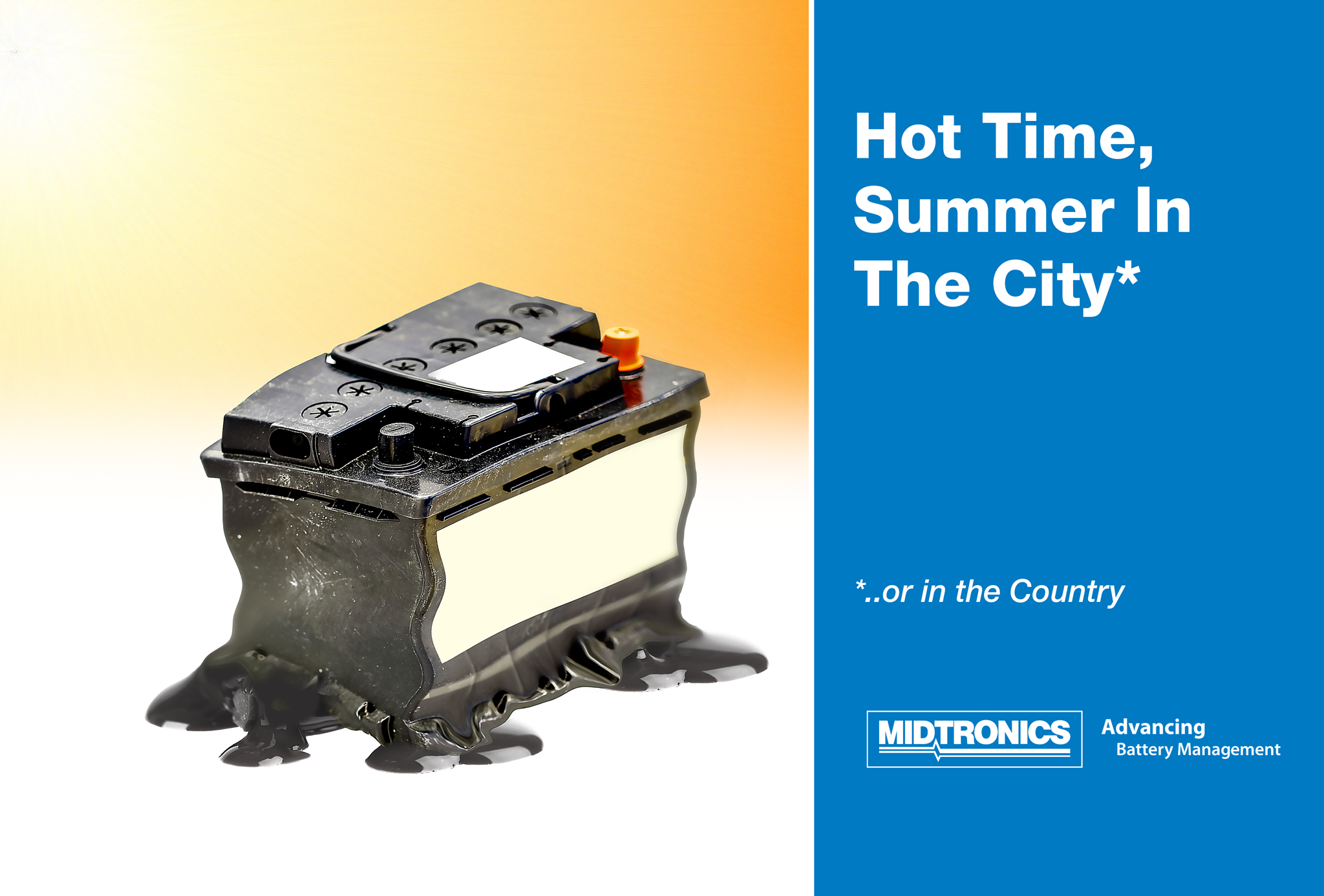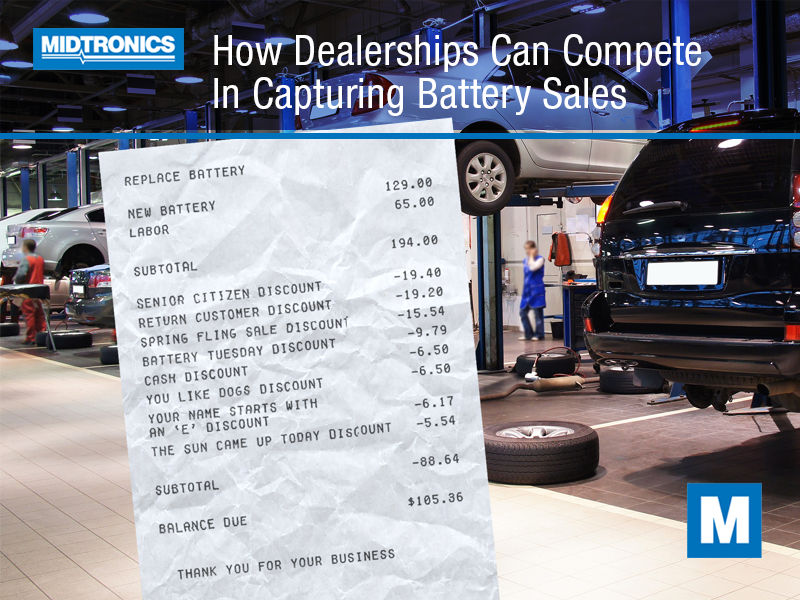It is no secret that automotive battery performance and lifespan are greatly affected by temperature. Most people believe cold weather is what kills the battery, but it is hot weather that shortens the lifespan of the battery. When the battery gets cold, the chemical reactions are slowed. Slower chemical reactions can prolong the useful life of a battery by slowing the degradation of normal usage over time. However, slower chemical reactions also mean lower battery output capability. Therefore, when it gets cold fast, it appears like your battery instantaneously stops working. But in truth, the cold weather is simply exposing underlying degradation issues.
What happens to batteries in hot temperatures?
In short, hot temperatures shorten the lifespan of the battery. The temperature dependence of chemical reactions is defined by the Arrhenius equation. But more simply put, as the temperature increases so does the speed of the chemical reactions within the battery. The increase in chemical reaction speed can increase the output of the battery, but also increases the speed of battery degradation. This results in regional differences in battery lifespan due to differences in climate region to region. Assuming normal usage, the regional impact of battery life expectancy will directionally look like the example below:
Estimated battery life based on temperature
| Regional climate | Battery life expectancy |
| Cold | 55 months |
| Mild | 45 months |
| Hot | 40 months |
| Extreme Hot | 30 months |
The model above assumes normal usage; however, vehicle usage has been drastically reduced due to the COVID-19 pandemic. Vehicles that are normally driven daily, are spending abnormal amounts of time inside extremely hot garages. Constant self-discharge is a fact of life for all batteries. At normal temperatures, a conventional fully charged battery will lose around 1/100 of a volt per day. Stored for a month, and the battery will lose about a third of its charge.
The self-discharge rate increases as the temperature increases, due to the increased speed of chemical reactions within the battery. Irreversible damage (sulfation) occurs within a battery when stored at low states of charge (below 80% state of charge). Paste shedding, buckling, and other physical defects are also more likely to occur to batteries stored at high temperatures. Therefore, one can expect that decreasing usage during a hot summer (as is with the COVID-19 pandemic) will lead to abnormally high occurrences of batteries stored in a low state of charge. This will undoubtedly reduce the lifespan of batteries.
Do regular preventative battery testing
If you are getting an oil change on a car that has been sitting due to COVID-19, ask the technician to test your battery. If you have a car sitting in a garage with lower than normal usage you may want to consider investing in a battery maintainer or charger. Or if you are servicing customers in a garage be sure to test every battery that comes through. Routine battery maintenance will be essential to ensuring you and/or your customers’ batteries perform when they need to.




